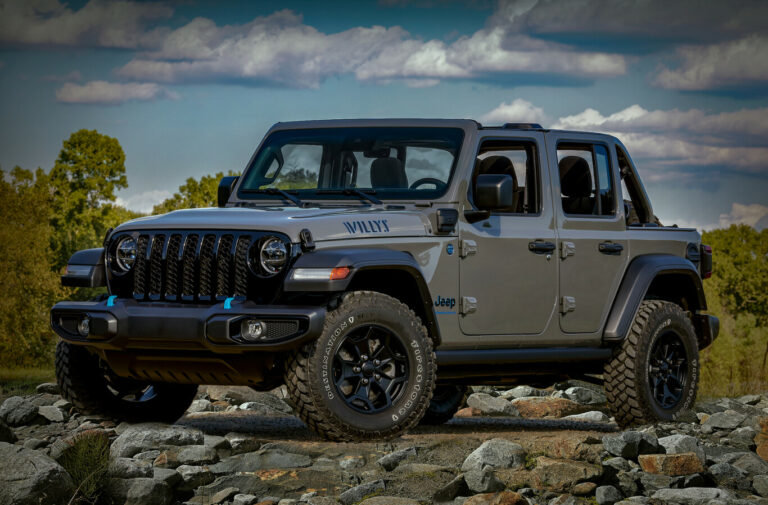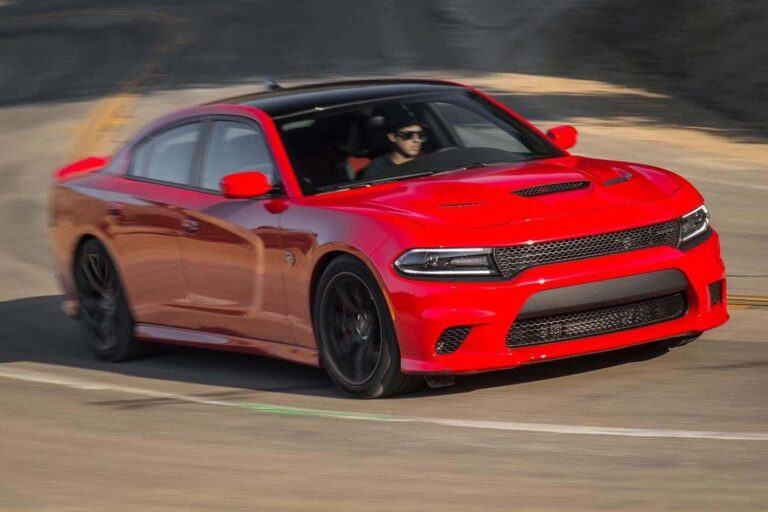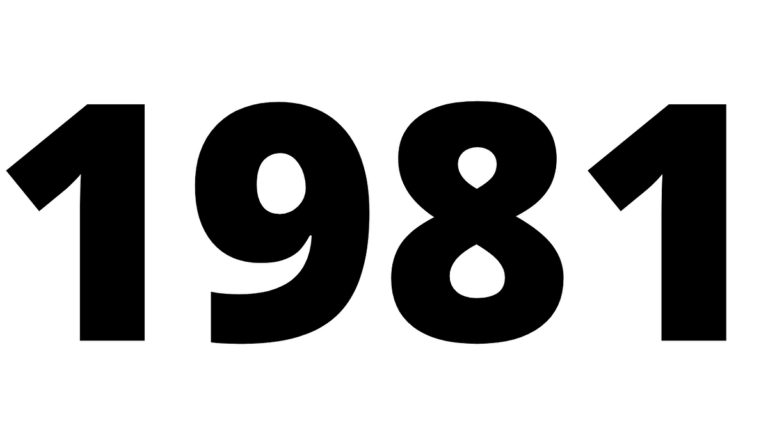1950 Willys Jeep For Sale: A Comprehensive Buyer’s Guide
1950 Willys Jeep For Sale: A Comprehensive Buyer’s Guide jeeps.truckstrend.com
The open road, the wind in your hair, and the distinct rumble of an engine that shaped history – for many enthusiasts, the dream of owning a vintage vehicle culminates in the acquisition of an iconic machine. Among these, the 1950 Willys Jeep stands as a true legend. More than just a mode of transport, it represents a pivotal moment in automotive design, rugged utility, and post-war American resilience. For those embarking on the exciting journey of finding a "1950 Willys Jeep For Sale," this comprehensive guide will equip you with the knowledge, insights, and practical advice needed to make an informed and satisfying purchase.
The Enduring Appeal of the 1950 Willys Jeep
1950 Willys Jeep For Sale: A Comprehensive Buyer’s Guide
Born from the battlefield, the Willys Jeep transitioned seamlessly from military hero to civilian workhorse after World War II. The 1950 model year typically refers to the Willys-Overland CJ-3A, which succeeded the CJ-2A. This iteration maintained the beloved rugged simplicity of its predecessors while introducing minor refinements for civilian use, such as a one-piece windshield, improved seating, and slightly softer suspension.
What makes the 1950 Willys Jeep so desirable today? Its appeal is multi-faceted:
- Historical Significance: It’s a tangible piece of post-war American history, embodying a spirit of adventure and utilitarian design.
- Unparalleled Ruggedness: Built for the toughest terrains, these Jeeps are renowned for their durability and mechanical simplicity, making them relatively easy to maintain for the DIY enthusiast.
- Iconic Design: The unmistakable silhouette – flat fenders, slatted grille, and exposed hinges – is instantly recognizable and deeply nostalgic.
- Versatility: From farm work to off-road adventures, and even as a charming parade vehicle, its utility knows few bounds.
- Community: Owning a vintage Willys connects you to a vibrant community of fellow enthusiasts, offering a wealth of shared knowledge and camaraderie.

For collectors, off-roaders, or simply those seeking a unique classic vehicle, the 1950 Willys Jeep offers an authentic, unfiltered driving experience that modern vehicles simply cannot replicate.
What to Look For: Key Features and Specifications of a 1950 Willys Jeep
Before you even start your search for a 1950 Willys Jeep for sale, it’s crucial to understand its core characteristics. Knowing what constitutes an original 1950 CJ-3A will help you identify genuine examples and assess their condition.
- Engine: The heart of the 1950 Willys Jeep is almost always the legendary "Go-Devil" L-134 flathead four-cylinder engine. Known for its reliability and torque, it produced around 60 horsepower. Check for leaks, unusual noises, and signs of proper maintenance.
- Transmission: Most 1950 models came with the robust T-90 three-speed manual transmission. Look for smooth shifting and listen for grinding noises.
- Transfer Case: The Dana 18 transfer case, allowing for two-wheel drive (2WD) high, four-wheel drive (4WD) high, and 4WD low, is standard. Ensure it engages all modes without issue.
- Axles: Typically, a Dana 25 front axle and a Dana 44 rear axle would be present. Check for leaks around the differentials and excessive play in the universal joints.
- Body Style: The 1950 Willys Jeep is primarily the CJ-3A. Key identifying features include:

- One-piece windshield that could be tilted out or folded down.
- External fuel filler cap on the driver’s side.
- Headlights mounted higher and closer together than on later models.
- A slightly larger body tub than the CJ-2A, offering more interior space.
- Frame: A robust ladder frame provides the foundation. Inspect for cracks, bends, or severe rust, especially where components like the spring hangers attach.
- Originality: While modifications are common, understanding the original specifications helps in assessing value and potential restoration costs. Note factory markings, original gauges, and specific body characteristics.

Navigating the Market: Where to Find a 1950 Willys Jeep For Sale
Finding your ideal 1950 Willys Jeep requires knowing where to look. The market is diverse, ranging from pristine restored examples to barn finds.
- Online Marketplaces: Websites like eBay Motors, Hemmings, ClassicCars.com, and Bring a Trailer often feature vintage Jeeps. Be prepared for competitive bidding on popular platforms.
- Dedicated Forums & Social Media Groups: Online communities such as "The CJ-3A Page" forums, Willys-Overland forums, and Facebook groups dedicated to vintage Jeeps are excellent places to find private sellers. These often provide more detailed information and a passionate community for advice.
- Classic Car Dealerships & Brokers: Reputable classic car dealers may have restored or well-maintained examples, often at a premium, but with the benefit of professional vetting.
- Auctions: Live auctions (like Mecum or Barrett-Jackson, though less common for daily Willys) and online auction sites can offer opportunities, but research is paramount, as "as-is" sales are common.
- Local Classifieds & Word-of-Mouth: Don’t underestimate local classifieds, community bulletin boards, and simply asking around. Many great finds come from unexpected places.
- Willys-Specific Shows & Events: Attending vintage Jeep gatherings allows you to see many examples in person, network with owners, and sometimes find vehicles for sale.
Condition Categories and What They Mean for Value
The condition of a 1950 Willys Jeep is the single most significant factor influencing its price. Understanding these categories will help you set realistic expectations and budgets.
- Concours/Show Quality (Investment Grade): These are meticulously restored vehicles, often to original factory specifications or better. Every detail is perfect, and they are ready for show judging. Expect the highest prices.
- Driver Quality (Excellent/Good): These Jeeps are well-maintained, fully functional, and presentable. They might have minor imperfections but are reliable and enjoyable to drive regularly. This is often the sweet spot for enthusiasts.
- Project Vehicle (Fair/Poor): These require significant work, ranging from mechanical overhaul to extensive bodywork and rust repair. They are cheaper upfront but demand substantial time, money, and expertise for restoration.
- Parts Car: Often incomplete, heavily rusted, or non-functional, these are typically bought for their components rather than restoration.
Important Considerations Before Buying
A vintage vehicle purchase is different from buying a modern car. Diligence is key.
- Mechanical Inspection: Beyond the engine and drivetrain, check the brakes (often drum brakes, ensure they function well), steering (look for excessive play), suspension (springs, shocks, bushings), and electrical system (wiring, lights, gauges).
- Rust, Rust, Rust: This is the arch-nemesis of vintage vehicles. Thoroughly inspect the frame, body tub (especially floorboards, hat channels, and toolboxes), fenders, and grille. Surface rust is manageable, but structural rust is a major red flag.
- Originality vs. Modifications: Decide what’s important to you. A highly original, numbers-matching Jeep will command a premium. Modified Jeeps (e.g., engine swaps, lift kits) might be more practical for off-roading but can diminish collector value.
- Paperwork and VIN Verification: Ensure the vehicle has a clear title. Verify the VIN (Vehicle Identification Number) on the title matches the VIN plate on the Jeep (typically on the frame rail near the front passenger wheel, or on the firewall).
- Parts Availability: While many parts for the L-134 engine and standard drivetrain components are readily available (new old stock, reproduction, or used), some specific body panels or obscure components might be harder to source.
- Driving Experience: A 1950 Willys Jeep drives very differently from a modern car. It’s slower, louder, has manual steering and brakes, and a firm ride. Be prepared for a raw, engaging, but less refined experience.
The Purchase Process: Tips for a Smooth Transaction
Once you’ve found a potential candidate, follow these steps to ensure a confident purchase.
- Set a Realistic Budget: Include not just the purchase price but also potential restoration costs, transportation, insurance, and initial maintenance.
- Thorough Research: Learn as much as you can about the specific year and model. Understand common issues and typical repair costs.
- Pre-Purchase Inspection (PPI): If possible, have a qualified mechanic specializing in vintage Jeeps inspect the vehicle. This is invaluable, especially if you’re not an expert yourself.
- Ask Detailed Questions: Don’t hesitate to ask the seller about the Jeep’s history, maintenance records, any known issues, and why they are selling it.
- Negotiation: Be prepared to negotiate, especially on private sales. Base your offer on the vehicle’s condition and market value.
- Secure Payment: Use secure payment methods like bank transfers or certified checks. Avoid carrying large amounts of cash.
- Transportation: Plan how you’ll get the Jeep home. If it’s not roadworthy, you’ll need a trailer or professional transport.
Potential Challenges and Solutions
Ownership of a vintage vehicle, while rewarding, can present unique challenges.
- Finding an Unmolested Original: Many vintage Jeeps have been modified or subjected to amateur repairs. Patience and thorough inspection are key.
- Dealing with Rust: If you buy a project with rust, be prepared for extensive bodywork or consider professional restoration services. Prevention (proper storage, rustproofing) is crucial after purchase.
- Sourcing Specific Parts: Join online forums and clubs. Leverage the community for leads on rare parts. Reproduction parts are increasingly available.
- Maintenance for Vintage Vehicles: Learning basic mechanics is highly recommended. Manuals are available, and the simplicity of these vehicles makes them great learning platforms. Find a local mechanic familiar with vintage vehicles if you’re not comfortable doing it yourself.
- Insurance and Registration: Standard auto insurance may not cover classic vehicles adequately. Look into specialized classic car insurance. Check your local DMV for specific registration requirements for vintage vehicles.
1950 Willys Jeep For Sale: Estimated Price Range Table
It’s important to note that prices for vintage vehicles fluctuate based on market demand, rarity, condition, originality, and location. This table provides a general estimate.
| Condition Category | Description | Estimated Price Range (USD) | Key Factors Affecting Price |
| Concours | Immaculate restoration, correct details, no discernible flaws.





